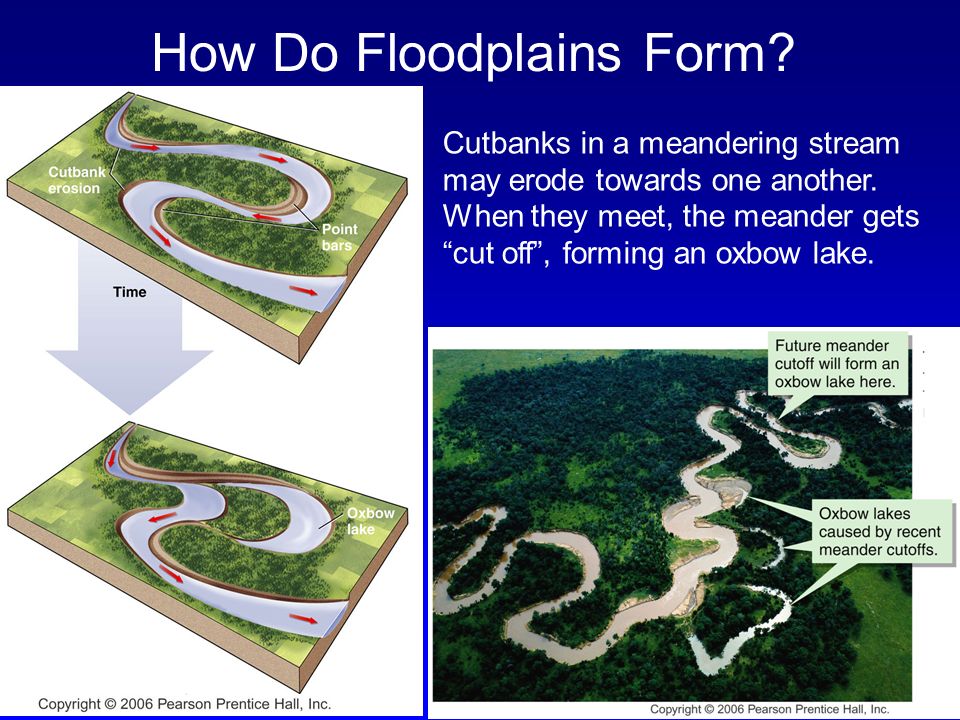Rivers And Floodplains Ebook Store
Rivers around the world are being regulated by dams to accommodate the needs of a rapidly growing global population. These regulatory efforts usually oppose the natural tendency of rivers to flood, move sediment, and migrate. Although an economic benefit, river regulation has come at unforeseen and unevaluated cumulative ecological costs. Historic and contemporary approaches to remedy environmental losses have largely ignored hydrologic, geomorphic, and biotic processes that form and maintain healthy alluvial river ecosystems.
Read chapter 6 Implementing Flood Risk Management Strategies: The Federal Emergency Management Agency's (FEMA) Federal Insurance and. Environmental Flows - Angela Arthington - E- Book. River Values and Threats. The Freshwater Biodiversity Crisis. Rivers and their associated floodplains, groundwater, and wetlands are in crisis. Globally they are the world's most damaged ecosystems, losing species at a rate that far outstrips the decline of biodiversity in.

Drivers Epson Dfx 8500 Settings. Several commonly known concepts that govern how alluvial channels work have been compiled into a set of “attributes” for alluvial river integrity. These attributes provide a minimum checklist of critical geomorphic and ecological processes derived from field observation and experimentation, a set of hypotheses to chart and evaluate strategies for restoring and preserving alluvial river ecosystems. They can guide how to ( i) restore alluvial processes below an existing dam without necessarily resorting to extreme measures such as demolishing one, and ( ii) preserve alluvial river integrity below proposed dams. Once altered by dam construction, a regulated alluvial river will never function as before. But a scaled-down morphology could retain much of a river's original integrity if key processes addressed in the attributes are explicitly provided. Although such a restoration strategy is an experiment, it may be the most practical solution for recovering regulated alluvial river ecosystems and the species that inhabit them.
Preservation or restoration of the alluvial river attributes is a logical policy direction for river management in the future. Since the 1990s, the physical and environmental consequences of river alteration and management have been openly questioned.
Continued increases in flood losses, both financial and human, and the unanticipated and unwanted results of dams and channel straightening, invite reevaluation of river management. Reevaluation has even led to removing existing dams (e. Microsoft Visual Studio 2008 Enu Product Family Lean. g., Butte and Clear creeks in California, Elwha River in Washington), as well as implementing experimental releases of high flows (, ). Historically, river policymakers and resource managers have been less attentive to a growing body of experience, experiment, and theory concerning geomorphic processes that form and maintain alluvial river ecosystems. There are several commonly known concepts that govern how healthy alluvial channels work that we have compiled as attributes of alluvial river integrity. These attributes can guide how to ( i) restore alluvial processes downstream of an existing dam without necessarily resorting to extreme measures such as demolishing one, and ( ii) preserve alluvial river integrity below proposed dams. This set of attributes is not a classification system or a substitute for individual study and observation on a river.